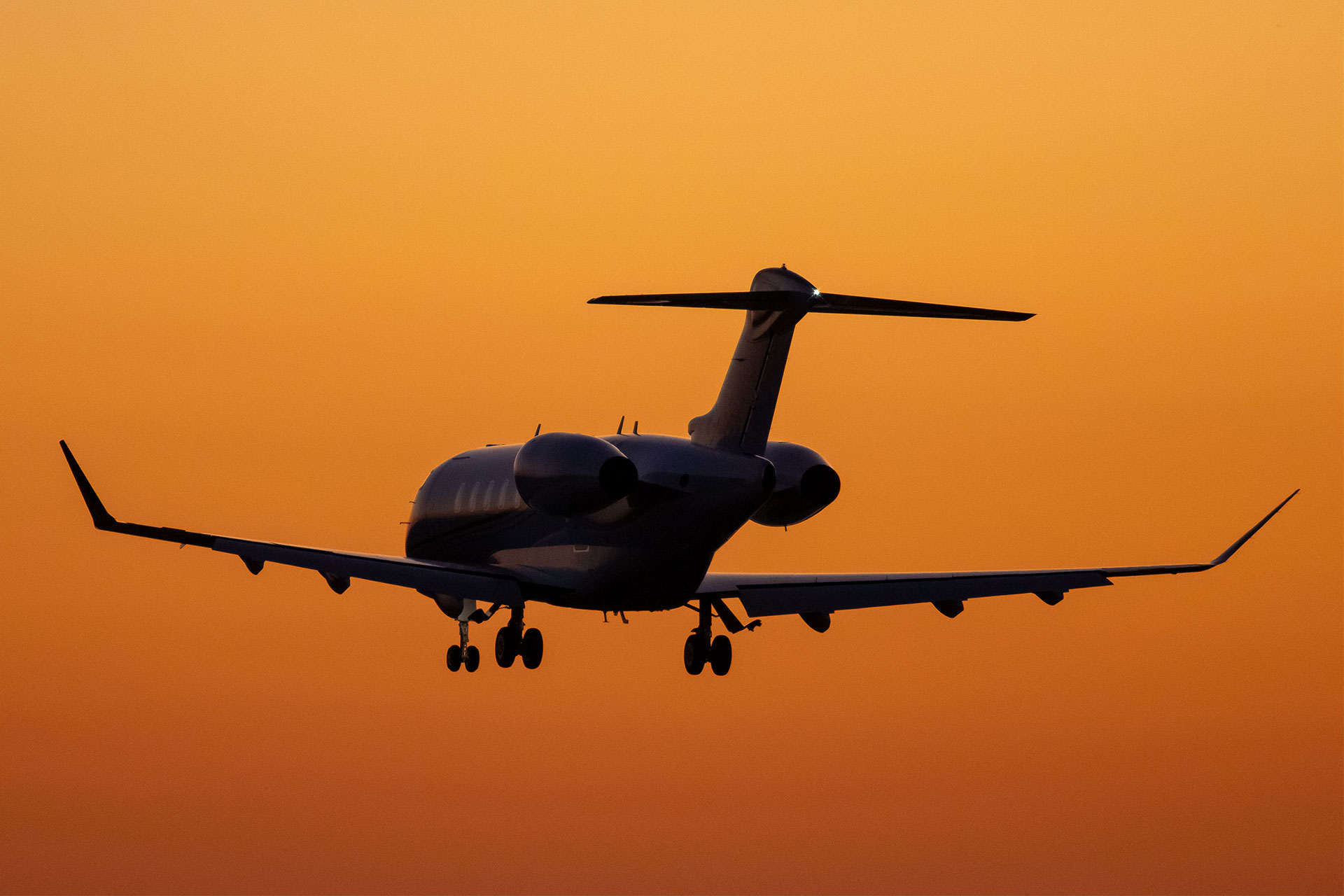Estimated reading time 14 minutes, 56 seconds.
If there is a silver lining in the COVID-19 pandemic for aircraft charter operators, it’s that a whole new customer segment is discovering private jet travel.
As passengers look to reduce the risk of contracting the virus — and try to get where they need to go in a world of fewer commercial flights — they are increasingly chartering private aircraft to fly to winter homes or important business meetings.
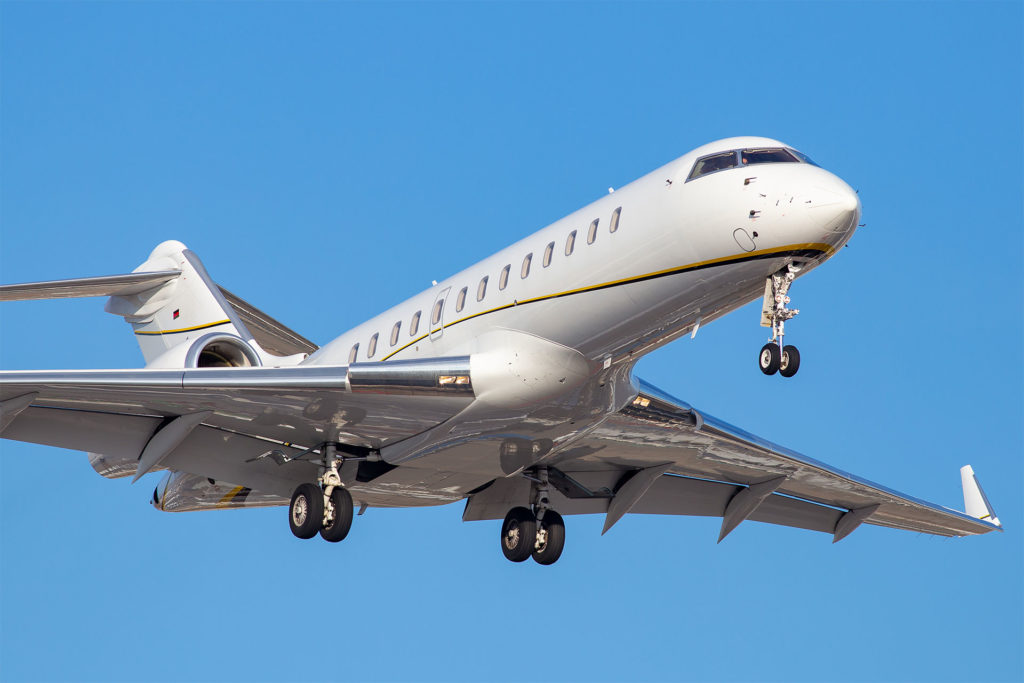
The escalating interest is good news for Canadian charter operators. Their recovery has lagged behind similar operations in the U.S., largely due to more restrictive government quarantine policies north of the border. However, North American business aviation as a whole is still climbing out of the abyss it plunged into in March 2020, when the pandemic broke out and both business aviation and commercial airlines ground to a halt.
According to WINGX, a Hamburg, Germany-based business aviation market intelligence company, industry activity showed modest gains in October 2020.
“The recovery, to the extent it’s happening, is really coming out of the U.S., and it’s primarily coming out of Florida and getaway destinations like Colorado and Wyoming,” explained Richard Koe, managing director of WINGX. During a late October interview with Skies, he revealed that the recovery has been weaker in Canada, Mexico, and the Bahamas. For example, business aviation flight hours in Canada dropped a total of 36 per cent from March to October 2020. During the same time period, U.S. biz av hours flown dropped 29 per cent, while Mexico and the Bahamas recorded a severe 61 per cent decline.
The slide hasn’t affected all private aircraft equally. Koe said that around the world, larger cabin aircraft are more idle, while lighter aircraft are doing most of the work.

“In Canada, in particular, some of the older aircraft like [Cessna] Citation IIs and [Beechcraft] King Air 350s are quite busy,” he reported. “From March to October, the [King Air] 350 flight hours are down just six per cent. At the other end, the [Bombardier] Challenger is down 46 per cent.”
New Customers, New Programs
At Chartright Air Group — headquartered in Toronto with bases in Kitchener, Windsor, Regina, Calgary, Vancouver, Saint-Hubert, and Fort Lauderdale, Fla. — president Adam Keller confirmed the company’s smaller jets are flying more than their larger hangar mates.
Following a near shutdown at the end of March, Chartright’s fleet of 45 owned and managed aircraft are starting to move again, with current activity at about 65 per cent of what it was one year ago in October 2019.
“We are seeing a good amount of activity to Florida, while business activity to the U.S. has slowed,” said Keller. “The big surprise to us has been the increase in our domestic business, which is up 75 to 100 per cent on a monthly average.”
Many travellers are looking to go west, with Calgary, Vancouver, and Vancouver Island being popular destinations. Aircraft aren’t flying east as much, although Chartright has done some trips to Montreal.
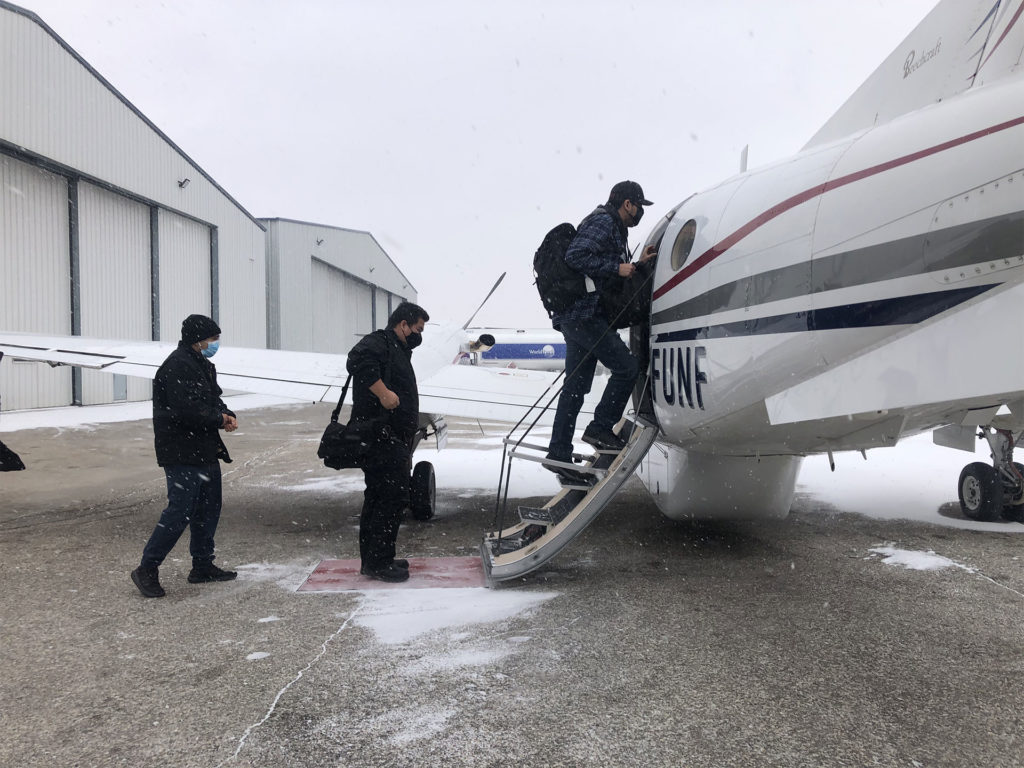
“Government regulations have had a huge impact on where we are flying. There’s no question the Atlantic bubble tamped down demand,” noted Keller.
Those with vacation homes in Florida are planning longer stays, knowing that they must quarantine for 14 days upon returning to Canada. “We are probably sending 10 flights to Florida [with passengers] versus one coming back,” said Keller, explaining that return flights are usually empty legs.
At least 50 per cent of Chartright’s current customers are new, he added. That makes the timing right for the company to launch a new fractional lease program called Jettime, which welcomed its first customer on Nov. 1.
“This is a program designed to go after the inexperienced private flyer who is looking to secure their travel arrangements outside of the airlines,” said Keller. “An individual will come to us and lease one tenth of a Citation Ultra, and at the end of a specified lease term, they simply give us back the aircraft.”
Jettime offers new private flyers fixed pricing, removes depreciation concerns, guarantees availability, and bills them only when they are on board. Most importantly, they are guaranteed privacy, security, and lower potential exposure to the virus.
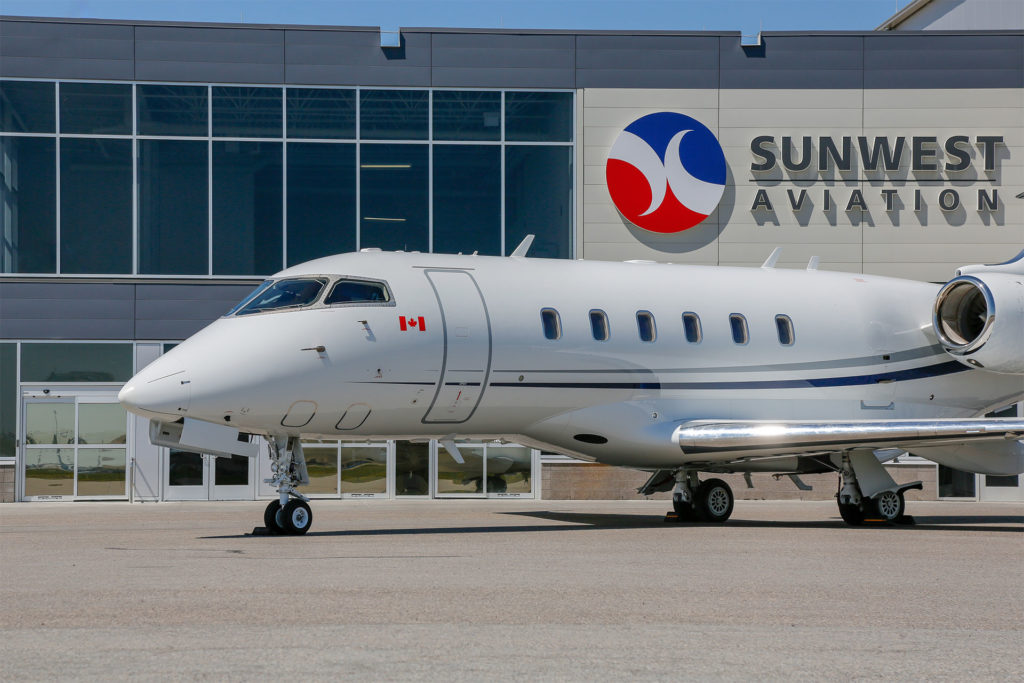
Keller said Chartright did a soft launch of the program and was “shocked by the uptake.” Those most interested include airline business class travellers and corporations who want to get their people in the air.
He’d like to see quarantine requirements tied to quick testing services, in order to strike a balance between commerce and security. Following the U.S. election, Keller is hopeful the virus will be brought under control and that the border will re-open, predicting a “doubling” of business under those circumstances.
Regardless, Chartright is running a tighter ship than it did pre-COVID, and diversity has been a big factor in helping the company weather the storm. When flight operations slowed in March, maintenance picked up as owners elected to have work done.
Charters on the Rise
Diversity in operations has also helped Winnipeg-based Fast Air to weather COVID-19. When most flying halted in March, its medevac division kept operating as an essential service. That in turn created a demand for maintenance and fuel sales, and then charter began to re-emerge in early May.
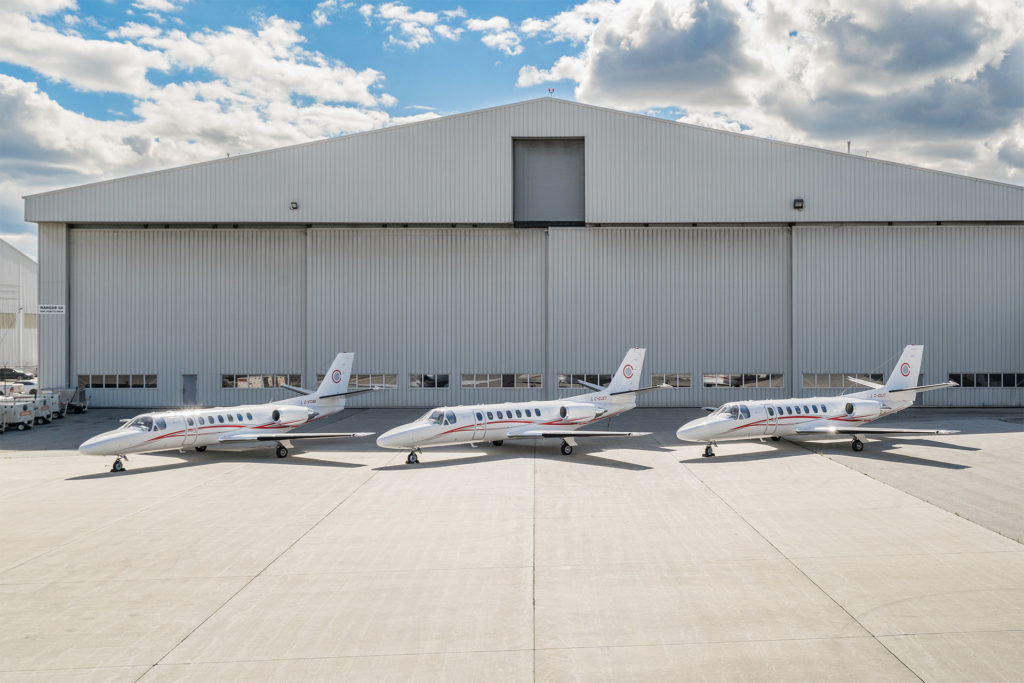
“We saw a steady incline of charter through the summer, and our flying to the north has rebounded almost fully,” said Dan Rutherford, the company’s marketing and business development manager. Fast Air does a lot of work in the north, serving resource development, mining, and large infrastructure projects.
In addition, there has been an increase in east-west demand. “We have seen lots of requests for quotes from people who are new to us, wanting to travel to Toronto, Vancouver, or the U.S.,” continued Rutherford. “Those inquiries have gone up five- to 10-fold compared to before the pandemic.”
Fast Air has increased its marketing efforts to target business leaders who might now consider chartering an aircraft. Rutherford said they are seeing an encouraging response.
With FBO sales back to 80 per cent of normal and charter nearly back to pre-COVID levels, he reported that Fast Air, too, is seeing its smaller aircraft flying more than larger jets. Its fleet of more than a dozen King Airs has been very busy.
The company sees opportunities in the current market and is exploring them. Despite the pandemic, Fast Air is proceeding with plans to open locations in Toronto and Abbotsford, B.C.

“In Toronto, we’ll have a King Air 200 offering executive passenger charter,” said Rutherford. “In Abbotsford, our plan is to provide charters and aircraft management, and we are building a new FBO-style executive aviation facility. That’s a pretty big project; we’ve been working on it for a couple of years, and we’ll be offering fractional ownership in the hangar facility.”
He likened the plan to a condo arrangement where customers will own part of the building, which will feature an operational hangar, shared lobby and staffing, and private office space for hire. There will be no fractional ownership of aircraft — just the facility.
While he is optimistic for the future of business aviation and aircraft charter, Rutherford said he doesn’t think the COVID-19 “reality” is going away anytime soon. “There’s a huge question mark for a lot of fleets about what will happen with the U.S.,” he said. “Our jets were doing trips to the U.S. and we’ve seen a significant decline.”
Calgary-based charter operator and aircraft management company Sunwest Aviation has also recorded a drop in flights to the U.S., but the gap has largely been filled by domestic trips to Western Canada.
“At Sunwest, we have started providing fixed-price, one-way trips between Alberta and certain cities in the west, such as Kelowna, Vancouver, and Victoria,” reported Helder Carvalho, the company’s marketing manager. Compared to the same period last year, charter flights to these destinations are up by more than 35 per cent, while trips to Montana have increased 10-fold over 2019. Sunwest’s cargo and air ambulance divisions have remained steady throughout 2020.
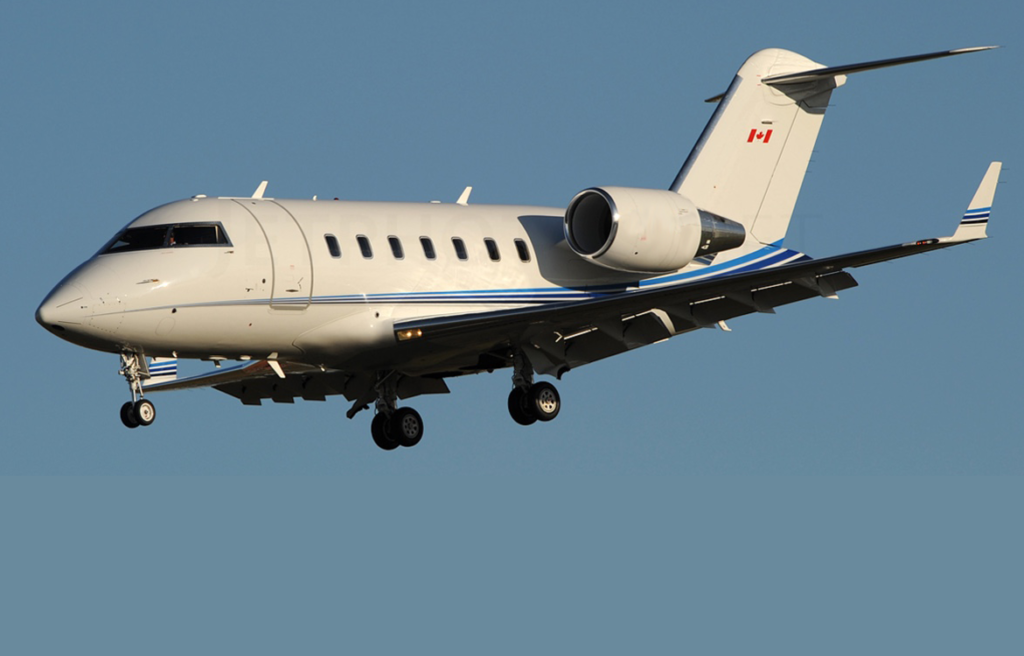
“We are waiting to see what happens with our trips to Palm Springs, Calif., and Scottsdale, Ariz., which tend to be very popular in the winter,” said Carvalho. “With rapid testing in Calgary, we’re optimistic that travel to the U.S. will pick up again.”
While there’s always been a business case for private aviation — anchored by convenience, control, access and efficiency — powerful health reasons now support chartering an aircraft.
“With COVID-19, businesses, families and individuals look at business aviation as a way to travel while reducing their risks,” explained Carvalho. “They reduce the number of touchpoints and fly with a known passenger list, reducing the chance of travel interruptions or delays that can occur with commercial airlines right now, such as flight changes or cancellations.”
Sunwest is also attracting new charter customers, and has noticed an increasing trend of families and friends pooling resources to share a private flight. Entrepreneurs, corporations, and snowbirds looking to head south for the winter are calling for information on aircraft charters.
Carvalho said there’s been increased interest in Sunwest’s aircraft management services, too. “Last month, we added two managed aircraft to the fleet, a Gulfstream G150 business jet and a King Air 350 turboprop.”
The same is true at Toronto-based Private Air, which provides aircraft management services and private charters. Robert Arnone, company president and CEO, told Skies that following a lull in May and June, flight activity started to open up in July.
“Charter started increasing, and the other avenue that has been surprising is the addition of owner-managed aircraft to the fleet,” he said. “So, there is activity in aircraft acquisition and people needing a service to manage them.”
From July to October, flight activity had been increasingly steadily, added Arnone. “We haven’t quite gotten back to [2019] numbers, but we are starting to see more and more inquiries from regular and new clientele.”
Currently, Private Air manages 14 aircraft based across the country. Arnone said that while domestic demand has increased, most flights are now heading south.
About 70 per cent of the company’s new clients include businesses looking for safer ways to move their people. The remaining 30 per cent represents individuals trying to get down to their winter homes.
Arnone has confidence in the future of private aviation, noting that over the last few decades, more and more businesses have realized increased efficiencies by moving their staff privately rather than commercially.
“It’s been increasing slowly and steadily, and today, the health and safety aspect is prominent,” he said.
“I think the need for face-to-face contact won’t disappear. We can Band-Aid it with video conferencing and technology, but the fundamental need will exist forever. People — and especially companies doing business in multiple locations — are looking at alternatives. I believe private aviation will continue to grow, and I think we’ll experience significant growth once borders open and restrictions disappear.”
Future Predictions
WINGX’s Koe agreed the outlook appears much brighter once the second wave of COVID-19 is contained — although in November, his company said global business aviation activity was once again sliding backward.
“I see a stronger recovery coming through the second quarter of 2021,” he predicted. “I think biz av in general could do quite nicely, as people look to travel and airlines aren’t available. That’s still 12 to 18 months ahead of the airlines, so it’s relatively resilient.”
Thanks to more homogeneous government regulations across the U.S., the sector outlook is brighter south of the border. Koe said part 135 charter operators are now “buoyant” in terms of flight hours, having fully recovered to October 2019 levels.
Back in Canada, the approval and implementation of rapid COVID-19 testing kits and their ability to lessen quarantine times is a positive development, closely followed by all aviation sectors.
“The most constant correlation [to flight activity] wherever we look in the world is the quarantine and the administration around it,” confirmed Koe. “That is a disincentive to get on board an aircraft. The great convenience of business jets is to turn around quick trips. If that involves quarantine, the motivation is largely gone.”
